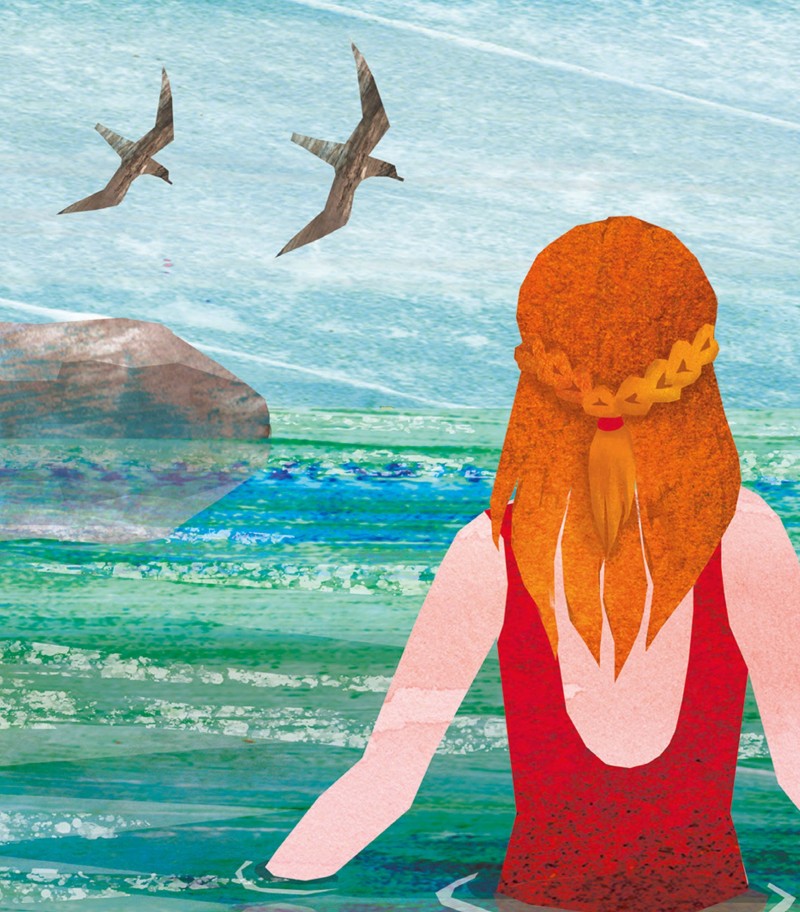Unique (mostly unknown) Islands of Cornwall

Cornwall is quite a small county, but has quite a few islands off its wild coast. Let’s meet a few of Cornwall’s (mostly unknown) islands.
Many islands don’t allow dogs (St Michael’s Mount for instance does not allow them in warm weather for their safety, due to lack of shady areas). Many island have no lifeguards and beaches that disappear at high tide. Read more on keeping dogs safe by the seaside.
St Michael’s Mount
This well-known tidal island rises from the sea, off the coast of Marazion. It offers centuries of history, sweeping views, and timeworn legends.
Locals claim a giant called Cormoran once stalked the island. Others speak of the Archangel Michael appearing to fishermen in the 5th century, giving the island its name!
St Clement’s Isle
This tiny rocky outcrop off the village of Mousehole, is a peaceful spot best viewed from the harbour. It’s uninhabited today, but old stories say a hermit once lived here.
Looe Island
This lies just off the coast of Looe town. Wildlife thrives here, from rare plants to nesting seabirds. The island is a marine nature reserve, packed with history.
Godrevy Island
This sits at the end of St Ives Bay. Its lighthouse is a standout sight, warning ships away from dangerous rocks since the 19th century.
Mullion Island
This sits just off the Lizard Peninsula. It’s a key spot for seabirds like cormorants and gulls, which nest here in large numbers. The National Trust cares for the island, keeping it wild and undisturbed.
Asparagus Island
This island in Kynance Cove takes its name from the wild asparagus that grows on its slopes. The island’s caves and rock pools attract explorers at low tide.
Only reachable by foot at right tides. Read our post on tidal causeways and quicksand.
Eddystone Rocks
This ‘group of rocks’ is a kind of mini-island, rising from the sea off Rame Head, with a lighthouse. Four different towers have stood here since the 1600s, guarding one of England’s busiest shipping lanes.






